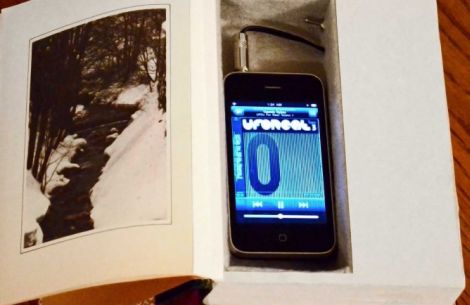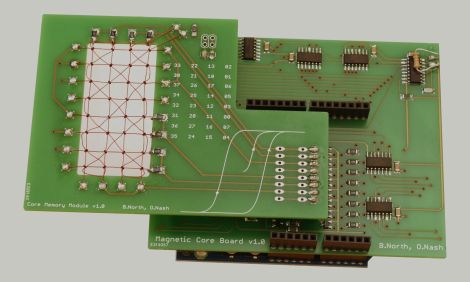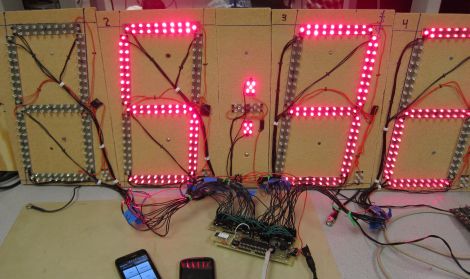
[Matt’s] boat had a trim plate that could be adjusted by hand. The problem with this setup is that the trim angle of a boat changes as you speed up or slow down. Last year he never really went over 35 MPH because of this issue, but he set out to correct that by adding power trim plates for the upcoming boating season.
The original trim plate didn’t have a hinge on it, but simply flexed when tension was added to the adjustment hardware. [Matt] removed the plate and cut it into three parts; one long thin strip to serve as a mounting bracket, and two plates to independently adjust trim for the left and right side of the keel. Some aluminum strip hinges connect the three pieces, and a pair of used actuators acquired from eBay automate the trim adjustment. Each plate is strengthened by a pair of angle brackets, which also serve as a mounting point for the actuators. The final step was to add a pair of switches near the throttle lever which are used to make manual adjustments when the boat is in motion.
















